HIStalk Interviews Hamid Tabatabaie, President and CEO, lifeIMAGE
Hamid Tabatabaie is president and CEO of lifeIMAGE of Newton, MA.
Tell me about lifeIMAGE.
lifeIMAGE is a company that got started a few years ago with Amy Vreeland, my co-founder. The two of us had finished a successful career at Amicas. After we decided that the market was on its way to adopting PACS entirely, we decided there was a gap between what happens inside the facility with their PACS and what the needs are outside the facility to have access to that data.
We spent some time and came up with a product design and a marketing approach to make it practical to essentially create a network on which anyone can exchange information with anyone with relative ease. We are in the market primarily offering services that let people deal with outside images. We allow hospitals to receive outside images electronically. If they receive them on CD, we have a workflow that addresses the complexities that exist today with the CDs.
Over time, we will add services to enable people to deal with consumers when necessary, to deal with community physicians whenever possible, and generally bridge the gap that exists today, all the way to having access to anyone’s images at the right time and the right place. Specifically, having a smart network.
I hope that’s who lifeIMAGE ends up being. We’re doing everything we can to get it there.
What’s the general state of interoperability and data sharing with diagnostic imaging systems?
It’s really not good. It’s spotty at best. There is an underground world of image sharing that goes on today that no one really has the right applications for, no one is responsible for. People have CDs and thumb drives and still film, primarily, as the way they exchange imaging information.
It used to be that the useful life of an image ended when the report was done. Now that images are much more pervasive, especially among whom we call image intensivists. The real useful life of an image starts when the report ends. People receive the report to know what they need to know, and they use images for where they need to go anatomically and otherwise.
There’s a huge need, unfortunately, today that is being satisfied with various manual routines and workflow, and/or at best, a Home Depot-style of putting parts and pieces together to accomplish specific use cases.
When you look at the financial and clinical impact of that lack of access or that substandard way of accessing images, what is the impact of having these workarounds?
The financial impact, to start with, is tremendous. In that, everyone agrees. Various different research shows that somewhere between 10-20% of all exams are duplicate exams. Arguably, a larger percentage may be unnecessary exams, but physician support capabilities will hopefully affect the unnecessary exams. The duplicate exams we can stop by having a reliable network. If you believe those numbers, the financial impact starts somewhere around $10-20 billion to our healthcare system.
Then there are financial impacts outside the system. Every time Liberty Mutual is in the middle of a case for workman’s comp, they spend a lot of money getting images from the patient, and to their experts, and to their lawyers, and to the surgeons that afterwards see the lawyers. Those costs are ultimately passed on to the consumers via more expensive insurance bills. We can avoid those costs and hopefully even have an impact in that arena.
Self-insured companies that have a direct relationship with their healthcare expense assume that self-insured companies simply has a rule that says if you ever imaged one of my employees, you have to give me back the images and report somehow that I can avoid the next doctor who would want to otherwise order the duplicate exam. You can imagine that you can extend that to the Medicare and Medicaid patients, to the Blue Cross and Aetna patients.
All together, the cost really starts at $20 billion when you want to look at it from a macro point of view.
At the micro level, the duplicate exams used to be a revenue point for radiology departments, but the new financial arrangements between radiology departments and payers even erode that value.
I would assume there’s patient impact because of lack of timely treatment or over-radiation with retakes.
That’s absolutely a side effect. The financial impact of that alone is all the mistakes that can be made, all the delays it can cause, additional costs and complications. Simply avoiding the duplicate exam is a great deal of value, never mind the negative side effects of it.
You’re selling your offering as service. Who pays for the service and how is it priced?
That is, I think, a compelling point to get people to want to initiate connection to these potential exchanges. We charge the hospitals and imaging service providers, but they have a cost themselves, whether it is for the ingestion of the CD or for delivery of results to the patient or community physicians. We simply replace those costs with better services and less expensive approaches, much more effective at the same time.
Our business model is very much on a per-month basis. You effectively become a subscriber to whichever one of our services. You can almost think of us as a cable box that you choose to have various channels on, and for each channel you pay a monthly fee. Sometimes it’s dependent on the number of exams, sometimes it’s dependent on the size of facility you are. But invariably it’s always less expensive than the current costs.
You just signed Moffitt and Memorial Sloan-Kettering. How do you market to hospitals like that to get such prestigious clients?
We have them on our mind when we design products, when we design services, and when we design our pricing.
We are very mindful of the fact that specialists and sub-specialists are the ones who want to have access to these images more than anyone else, so we target those with the most intensive specialty population. Cancer centers, as you can imagine, are not only a great focus of a lot of specialists and sub-specialists, but also their patient population migrates in and out back to their local communities. That itself is a primary need for imaging exchange between the centers for specialty, like the cancer centers, and the patient and the community physicians.
Tell me a little bit about the size of the company.
We are a relatively young company. We started officially two years ago almost. Unofficially, three of us founders have been doing this for another three years designing things. Today, we are just under 40 people, full-time employees, and perhaps another 20 people in various contract positions.
A lot of the management team came from Amicas. What lessons did you learn working there that you’re using at lifeIMAGE?
I think Amicas, without question, was one of the early innovators of using Web technology for imaging access. We’ve continued the culture of innovation at lifeIMAGE. Our focus is on doing the right thing, and in the process, creating yet another disruptive technology. This time around, you learn both operationally how to run a much more efficient company and you learn how to more effectively market.
At Amicas, we learned a lot about radiology and radiologists. What we’re doing in lifeIMAGE is to focus on the specialists and the sub-specialists in their relationship with the radiologists. I can compare Amicas and PACS companies to the ‘local call’ equivalent of an imaging system, and lifeIMAGE is the ‘long-distance call’. You need to think about the outside world, and the need of the outside world, in order to design a system.
The lesson we’ve learned is how to focus on one constituent for one reason and other constituents for other reasons.
When you look at some of the other imaging companies like Amicas and Merge and Emageon, how do you hope the business evolves for lifeIMAGE?
They will continue to have their great place in the industry. PACS systems have been very much adopted universally and there’s almost nowhere that PACS doesn’t exist. These are complex systems that over time need to be revamped, rewritten, and bells and whistles added and so forth, so they have plenty of backlog to satisfy their markets.
We are an innovative company outside of the market. We start our life with the long-distance aspect instead of the local aspect. I think there’s a tendency to have a cooperative relationship between the ‘local call’ and the ‘long-distance call’ and similarly, our relationship with the PACS companies will be that way. Invariably, the lifeIMAGE environment can be used by smaller settings as the Salesforce.com model for some of the imaging functions that one can assume companies will offer in the future.
Your Web site uses common internet metaphors such as ‘inbox’ and ‘dropbox’. How important is it that your system be easy to use?
I believe after security and reliability, usability is by far the most important aspect of the system. Every time you try to change the current habits of busy people like doctors — or anyone, for that matter, who’s terribly busy — you have a challenge of introducing yet one more thing they’ve got to get used to. The easier you make that experience, the more likely it is to have adoption. Obviously, the choices of our naming conventions are not an accident. I invite you to take a look at some of our products to see that the design and the usability criteria for our systems follow that design.
I was interested in the company’s vision statement that is built around the concept that there will be health record aggregators that will be the equivalent of banks for consumers; and also, that there will be some sort of incentives offered like there is for Meaningful Use for providers to share images. Can you explain how that all fits together?
I think if we fast-forward some years — I don’t know how many years that exactly will be, but it won’t be too long and it won’t be very quick — we will be at a place where a patient walks into a facility and their medical record will be available to their new care providers just as easily as the current and local records.
In order to satisfy that, you have to envision a lot of social economics, political, regulatory functions will get a hold of something like this and bend and twist it to the satisfaction of how you can practically use environments like that. As a result, it’s very much likely that these will have regional flavors. I can see various networks have the capability of reaching across one another’s network so an AT&T subscriber can make a call to a Verizon subscriber — that sort of analogy. But yet among the Verizon users and among the AT&T users, they may enjoy a certain kind of behavior that is unique to them. That will satisfy some of the pressures that will come from various constituents I named and alluded to earlier.
Ultimately, I think the insurance companies and the payers stand to benefit from the exchange and the networks that enable these sorts of exchanges. But ultimately, I think we will have a way for them to either entirely or partially subsidize the costs of these kinds of networks.
I can see a relationship very much like the banking system between the Federal Reserve and the private banks. There will be some overwhelming and overarching missions for the new networks that will be governed by some hopefully good practices. But yet there will be some private providers like lifeIMAGE which will satisfy either regional or national requirements.
Any final thoughts?
From what I’ve read on your blog, you know the market well enough to put this in the right context. But really, somebody needs to kick-start the ultimate goal of healthcare information exchange. Those of us who’ve been around healthcare IT like you know that the concept of boiling the ocean never works. You have to have very, very clever, deliberate places and then you market the technologies in order to achieve some end goal. Imaging tends to be a very good, sticky one.
The question that I would have wanted to answer if you had asked was, why start with imaging?
The answer may be obvious to you, and that is it already enjoys a great deal of standards. It is a very expensive component of our healthcare expense, and probably just second to pharmaceuticals. It is a growing expense even if we control the expense and utilization.
We are at the infancy of the benefits imaging bring to medicine. We better learn how to take advantage of this, while on one side, not bringing the costs up; or on the other side, choking innovation because it is an incredibly important component of diagnosis. Imaging to me: is a good place to start because there are a lot of good standards and it is very much universal — it exists in almost all sub-specialties.
Patients are already used to touching their CDs and being the courier from one point to the other. Finally, it can act as a catalyst for some of the rest. For instance, we allow attachments to be sent with images. So not only are you looking at somebody’s echocardiogram, but you’re also looking at their EKGs and their medication history.
That’s what’s really needed to have meaningful information at the other end. Hopefully there will be CCR- and CCD-type of standards that govern how to ingest those documents as well. But in the mean time, let’s satisfy the clinical needs.



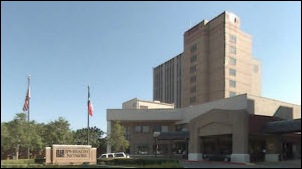
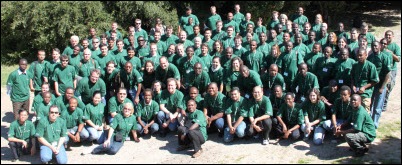
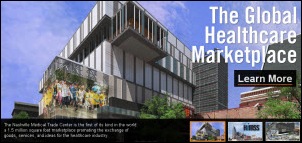
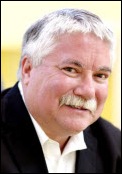


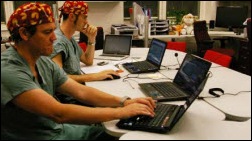


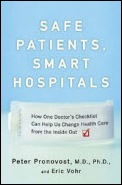
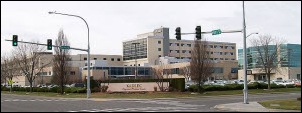
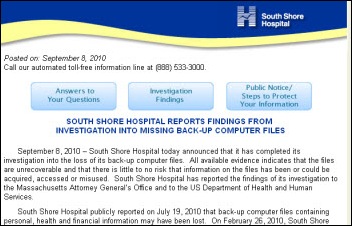
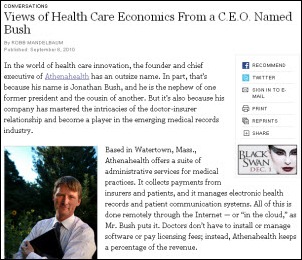
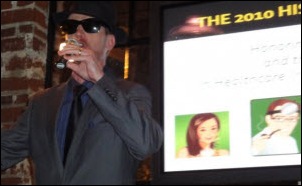
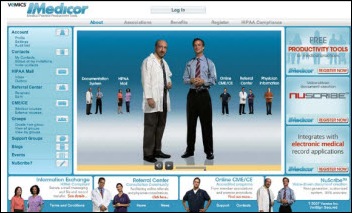
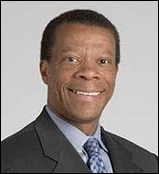
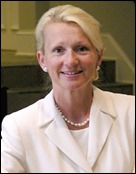

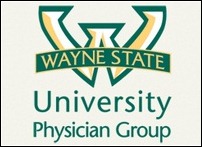
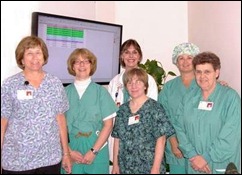




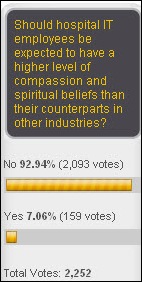
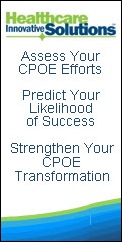
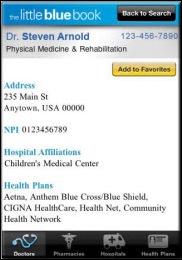

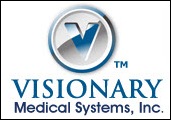

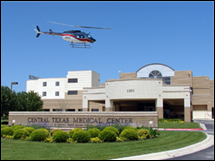
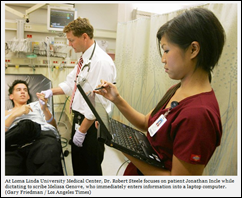
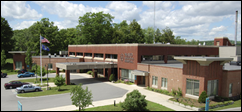


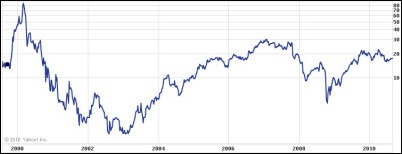

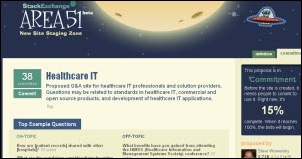
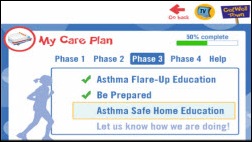
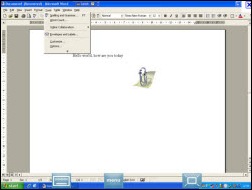
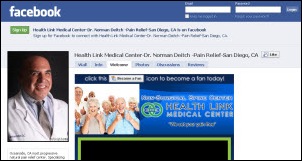

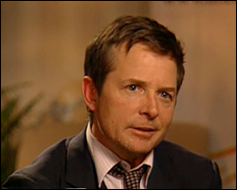

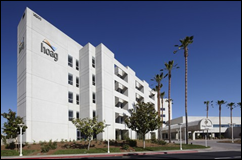
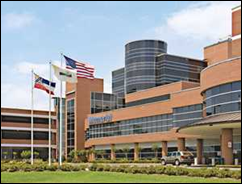



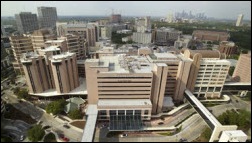
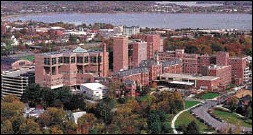



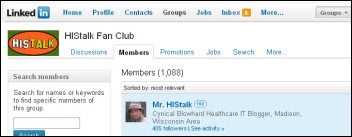
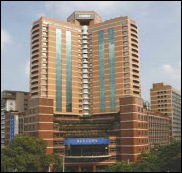
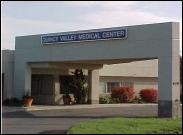
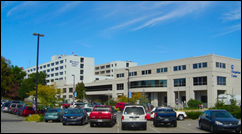
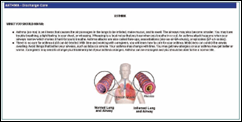
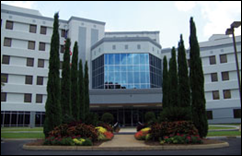


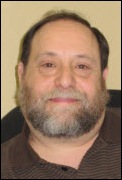

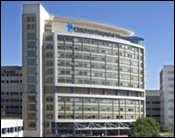
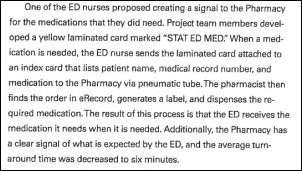
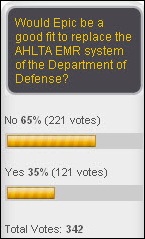
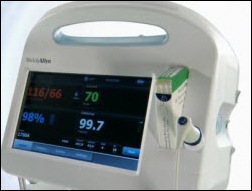
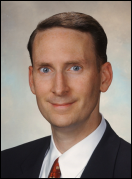

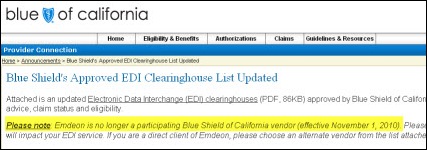

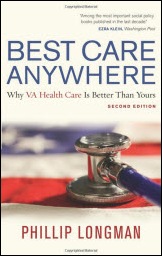
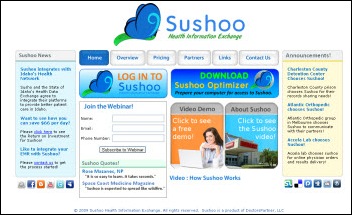
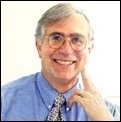
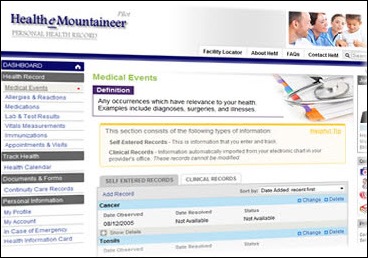



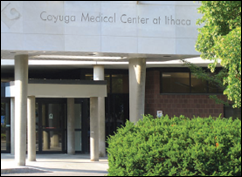

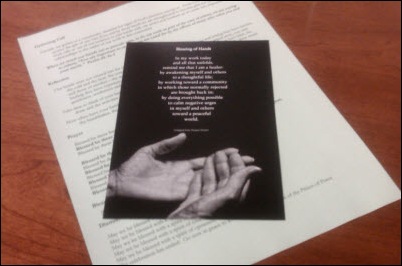
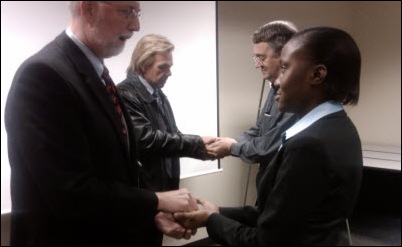

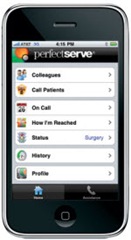

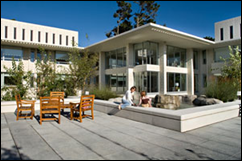
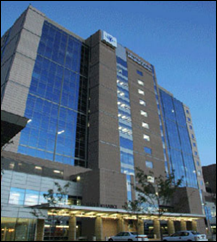








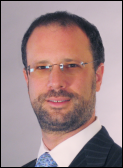
The CEO sentenced to jail for massive healthcare fraud will get pardoned in a week.